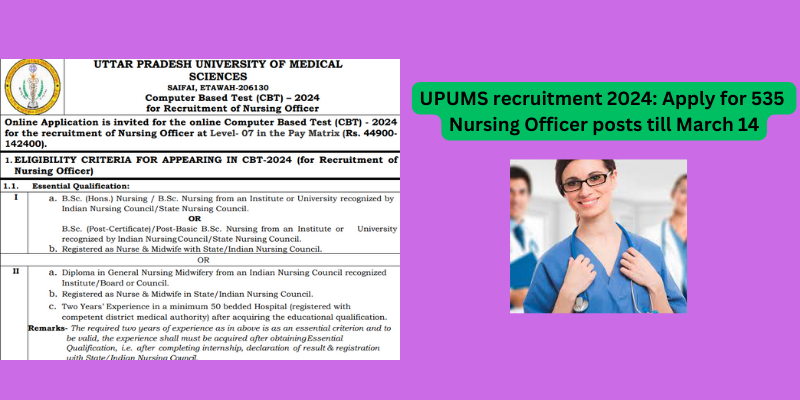Introduction: In recent years, the Middle East and North Africa (MENA) region, particularly the United Arab Emirates (UAE), have witnessed a substantial increase in demand for healthcare professionals from India. Kerala, along with Tamil Nadu and Andhra Pradesh, has emerged as a significant contributor to this migration trend. This article delves into the insights provided by a recent report by the blue-collar worker platform Huntr, highlighting the driving factors, preferred destinations, and implications of this healthcare talent migration.
Driving Factors: Several factors contribute to the significant migration of healthcare workers from states like Kerala to the MENA region. Firstly, the attractive incentives offered by countries like the UAE, Saudi Arabia, and Qatar, including extended residency visas and financial benefits, serve as major pull factors. Moreover, the state-of-the-art healthcare infrastructure in these countries provides promising career opportunities for Indian healthcare professionals.
Furthermore, the globalisation of healthcare services has opened doors for extensive global mobility, allowing professionals to explore opportunities beyond national borders. This trend underscores India’s crucial role in meeting the rising healthcare talent demands of MENA countries, reflecting a notable shift in the region’s healthcare landscape.
Preferred Destinations and Skill Requirements: According to the report, the UAE, Saudi Arabia, and Qatar stand out as the most preferred destinations for Indian healthcare professionals. Employers in these countries seek candidates with specific skills and qualifications, including experience in regional sales, distributor management, project management, and various healthcare specializations.
Moreover, there is a high demand for healthcare professionals with qualifications ranging from diplomas to higher degrees in nursing and medicine. This indicates the diverse skill requirements and opportunities available for Indian healthcare workers in the MENA region.
Changing Demographics and Workforce Dynamics: The report also sheds light on the changing demographics and workforce dynamics within the healthcare sector. While the majority of healthcare workers migrating from India to the MENA region are within the early 30s age group, there is a noticeable increase in the number of male nurses joining the workforce. This marks a significant shift in a segment that has traditionally been dominated by women.
Implications and Future Outlook: The surge in healthcare talent migration from states like Kerala underscores the global demand for Indian healthcare professionals and the opportunities available abroad. It also highlights the need for continuous skill development and training to meet the evolving demands of the MENA healthcare sector.
Looking ahead, initiatives aimed at enhancing collaboration between stakeholders, innovative solutions, and skill-building programs will be crucial in driving further growth and development in the MENA healthcare sector. Kerala, along with other leading states in healthcare talent migration, will continue to play a pivotal role in shaping the region’s healthcare landscape and fostering international collaboration in the field of healthcare.




